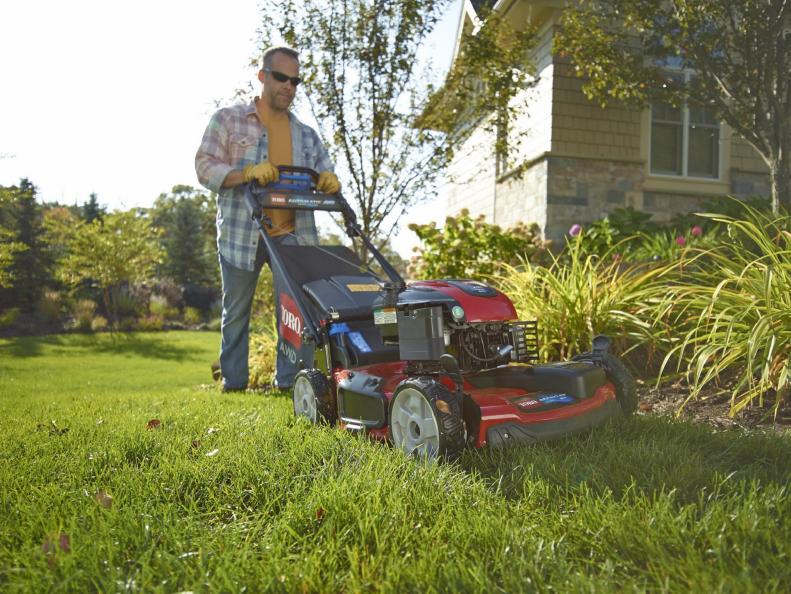1 / 45
Photo: Photo by Julie Martens Forney
Trim Annuals
To keep the early summer flower show going strong on annuals, give them a midsummer trim. Cut stems back by roughly 20%. This causes the plant to branch, which means more stems and more flowers. This technique works with many annuals, including petunias (shown), angelonia, sweet alyssum, million bells and lantana. After trimming, water and fertilize plants by scattering some slow-release fertilizer onto soil.
.-Battle-on-the-Beach-courtesy-of-HGTV.-.jpg.rend.hgtvcom.196.196.suffix/1714847929029.jpeg)







